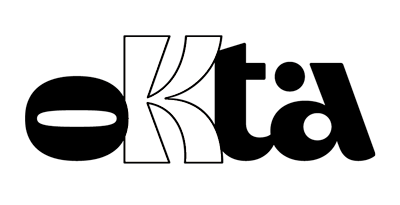Brand Positioning in the Hypercompetitive Market
- Okta Branding
- Jun 4, 2016
- 2 min read
We live in a hypercommunicative and hyperconnected society, bombarded daily by a multitude of messages, advertisements, and propaganda. How do brands manage to become relevant in this environment? How do they carve out a little space in the consumer's mind, already overloaded with so much information? How do they manage to be remembered in this sea of competitors? With a strong brand positioning.
Brand positioning is a set of associations created in the consumer's mind related to a particular brand. Want to understand how this works in practice? What brand do you think of when you read these words: drink, happiness, red, Santa Claus, snow, polar bear? Coca-Cola, right? Hardly anyone would say anything other than Coca-Cola. Coca-Cola is a global brand, so ingrained in our daily lives and mentality that it dominates any memory of these words. It reinforces these elements year after year, in all its forms of communication, at all its touchpoints. It's hard for anyone to steal the memory of the Coca-Cola brand associated with this positioning.
Okay, but how do I create a strong positioning like that? Brand positioning should be a concern for any company, even small ones. Positioning yourself strongly and coherently is not a privilege reserved for companies with a lot of capital to invest in communication. Any company, from its formation, must define itself against competitors and, above all, secure a position that has not yet been occupied in the consumer's mind.
How do we build the pillars of brand positioning?
The construction of brand positioning is based on defining its three pillars, which consist of the three main associations related to the brand. These associations should be:
Relevant: Have relevance to the consumer. Why invest in reinforcing associations that mean nothing and are not important to your consumer?
Distinctive: Embrace your uniqueness. What's the point of using a discourse already used by another brand? If another brand has already won over the consumer's mind with that discourse, you'll find it hard to win them over.
Legitimate: Be true. Creating a positioning based on lies is extremely costly and difficult to maintain. And when you fail, it will be a huge disappointment to your consumer.
Well, now the most challenging part begins. Always be faithful to your positioning. Have consistency in all your forms of communication. Remember: "Everything communicates." From the most obvious, like your logo, website, packaging, and business card, to more subjective aspects that reinforce your positioning, like your attendant's humor, your way of dressing and speaking, your punctuality, the cleanliness of your store, the organization of your products, and the speed at which you answer the phone. Therefore, there's no secret. Define your positioning and reinforce it all the time.
For those who want to study more about brand positioning, we recommend the classic book on the subject "Positioning: The Battle for Your Mind" by Al Ries and Jack Trout.



